What is cashew? Origin and characteristics of cashew tree
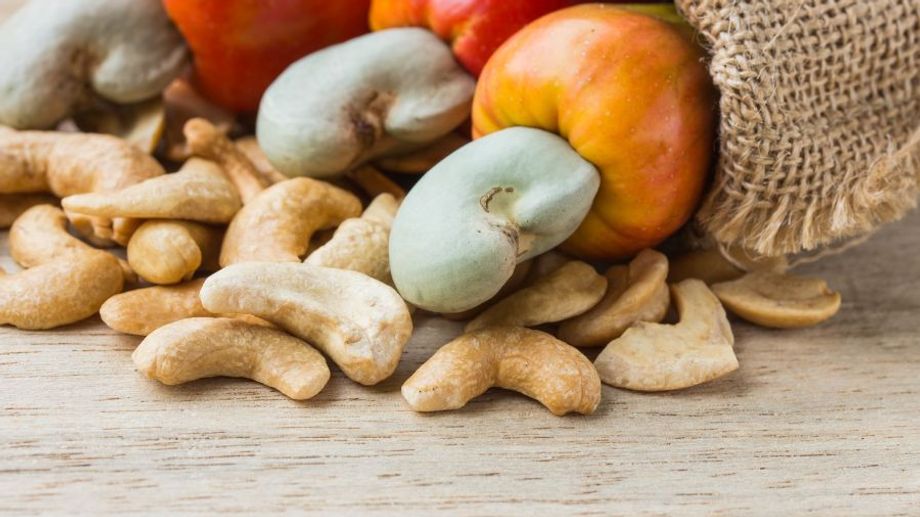
Mục lục
What is a cashew?
The cashew tree (also known as the cashew nut tree) is a tree native to Brazil and grows best in tropical climates, including Vietnam.

Characteristics of cashew trees:
Cashew trees will usually grow from about 3m to 9m tall.
Cashew trees will usually grow from about 3m to 9m tall.
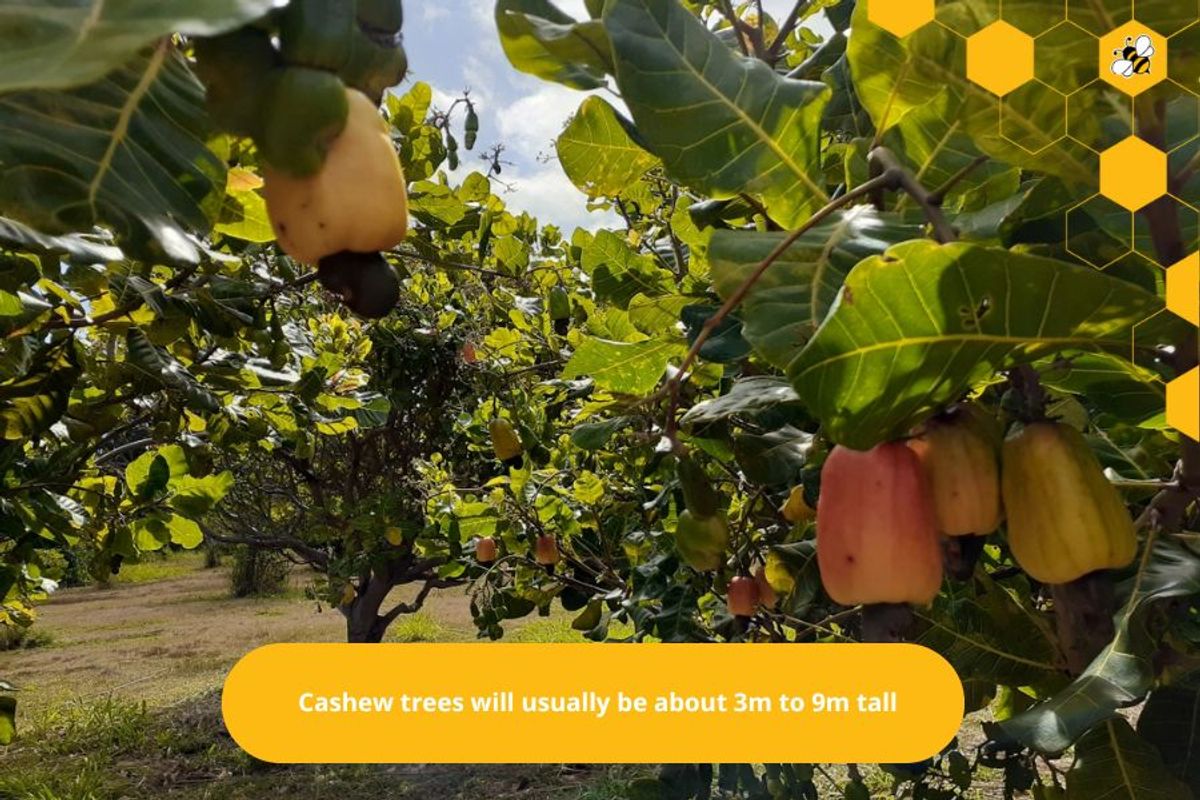
Cashew leaves grow alternately, are silvery, turn white, and have a mild aroma.
The fruit of the cashew tree is delicious, has high nutritional value, and is popular in food and commerce.
The outer shell of the cashew fruit is hard, does not open by itself, and the eyes are concave.
The stem of the fruit swells into a pear shape.
Planting and harvesting time:
The time from planting a cashew tree to harvesting cashew nuts usually takes 2 to 3 years.
The cashew tree has a lifespan of up to 40-50 years and usually gives stable yields for 10 to 20 years after planting.
Cashew nuts:
Cashew nuts grow best in sandy soil, but the tree still grows well without the use of additional fertilizers.
Cashew nuts are yellow and are often processed into high-class foods.
The fruit of the cashew tree is delicious, has high nutritional value, and is popular in food and commerce.
The outer shell of the cashew fruit is hard, does not open by itself, and the eyes are concave.
The stem of the fruit swells into a pear shape.
Planting and harvesting time:
The time from planting a cashew tree to harvesting cashew nuts usually takes 2 to 3 years.
The cashew tree has a lifespan of up to 40-50 years and usually gives stable yields for 10 to 20 years after planting.
Cashew nuts:
Cashew nuts grow best in sandy soil, but the tree still grows well without the use of additional fertilizers.
Cashew nuts are yellow and are often processed into high-class foods.
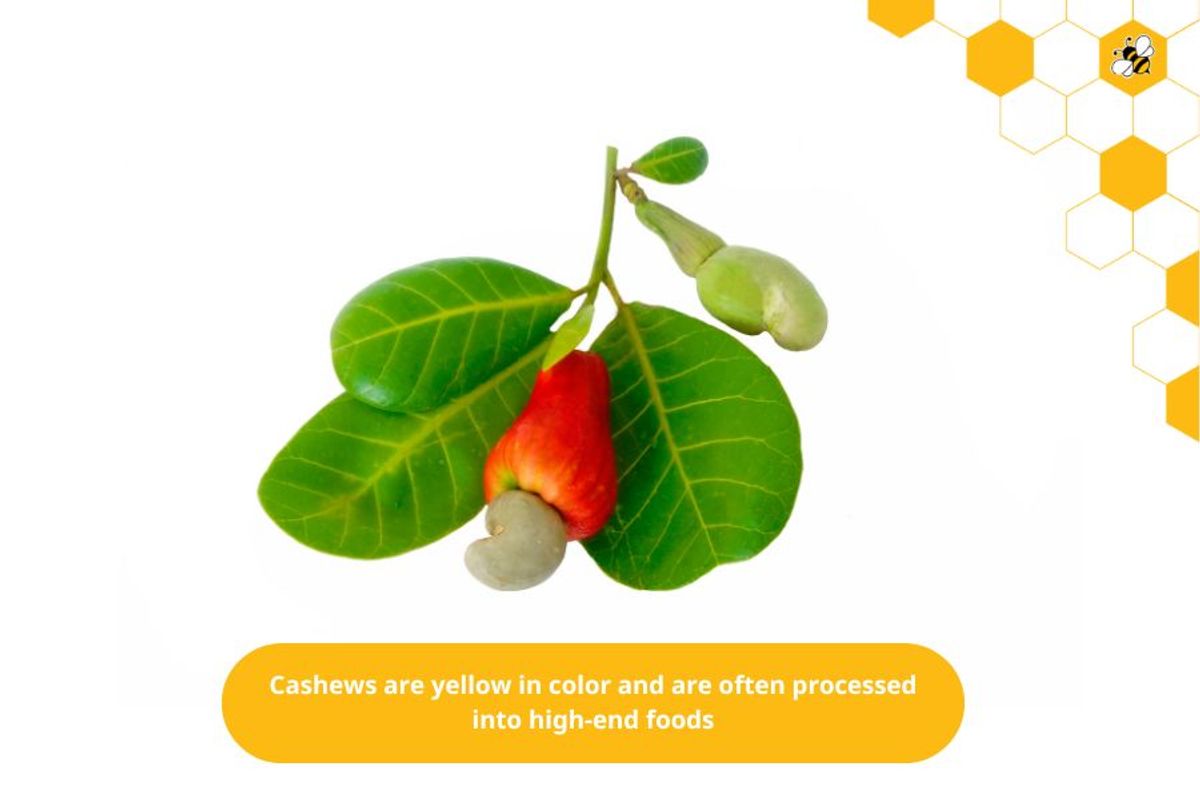
In addition, cashew trees are also grown in many other countries, including Vietnam, India, Nigeria, Indonesia, the Philippines, and many other places.
Origin of cashew trees
Cashew trees first originated in the northeastern region of Brazil, the first area of origin may have been in the state of Ceara, to this day there are still large areas of natural cashew trees. In 1558, a French naturalist and priest named Thevet came to Brazil to survey and here, cashew trees were first included in his monograph titled "The oddities of Antarctic France otherwise known as America and of many lands and islands discovered in our times" (1558) - reprinted in 1994 in Brazil. The author recounted in detail the consumption of cashew fruit, cashew juice, and the roasting of cashew nuts on a fire to eat the kernels. He was also the first person to draw pictures of cashew trees and the activities of collecting cashew nuts and squeezing the cashew nut juice into a large jar of local people. Following that, there were several other authors such as Rheed (1682), Margrave (1648), and Gandao (1576) ... in their surveys also tried to add to Thevet's first observations. For example, Gandao (1576), in describing the cashew tree, mentioned that the cashew nut is a very "unique" fruit in the hot season and the taste of the cashew nut is better than almonds.
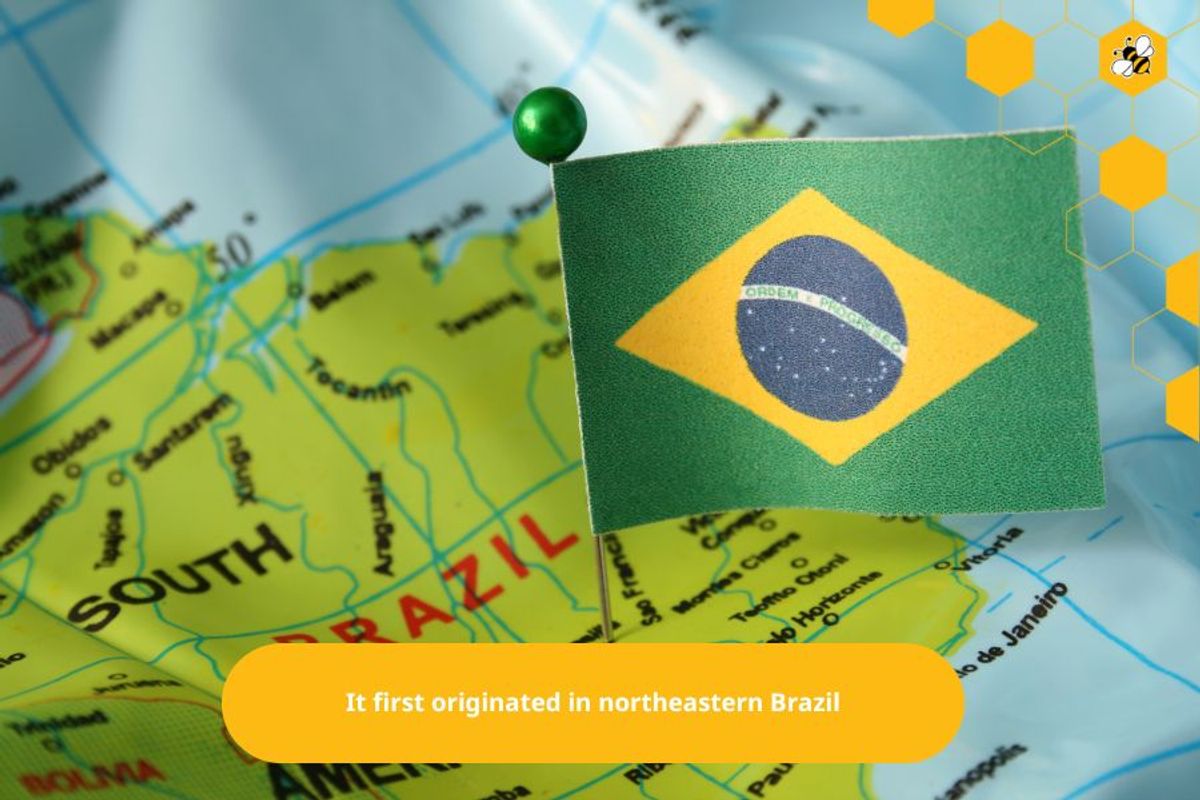
In the 16th century, the cashew tree was introduced to Asia and its colonies in Africa by the Portuguese. In 1550, the Portuguese introduced the cashew tree to Goa (India), and then to Cochin in 1578. From here, the cashew tree spread rapidly to the entire southeastern and western coasts of the Indian subcontinent and was also widely distributed to the Andaman Islands, Nicobar Islands, Indonesia, and Ceylon. The spread to Indochina and other countries in Southeast Asia and some small islands in the Pacific Ocean was probably caused by birds, bats, monkeys, and humans (Bunkill 1935, Johnson 1973). It was also during this time that the Portuguese introduced cashew nuts to their African colonies of Mozambique and Angola, and from Mozambique to Tanzania and Kenya. Later, the cashew tree was introduced to northern Australia, southern Florida, the Hawaiian Islands, and Fiji. In Asia as well as Africa, the cashew tree is considered to have been localized. Here, the natural conditions are so special that they are suitable for the growth and development of the cashew tree that some botanists have labeled it as a native tree of Asia.
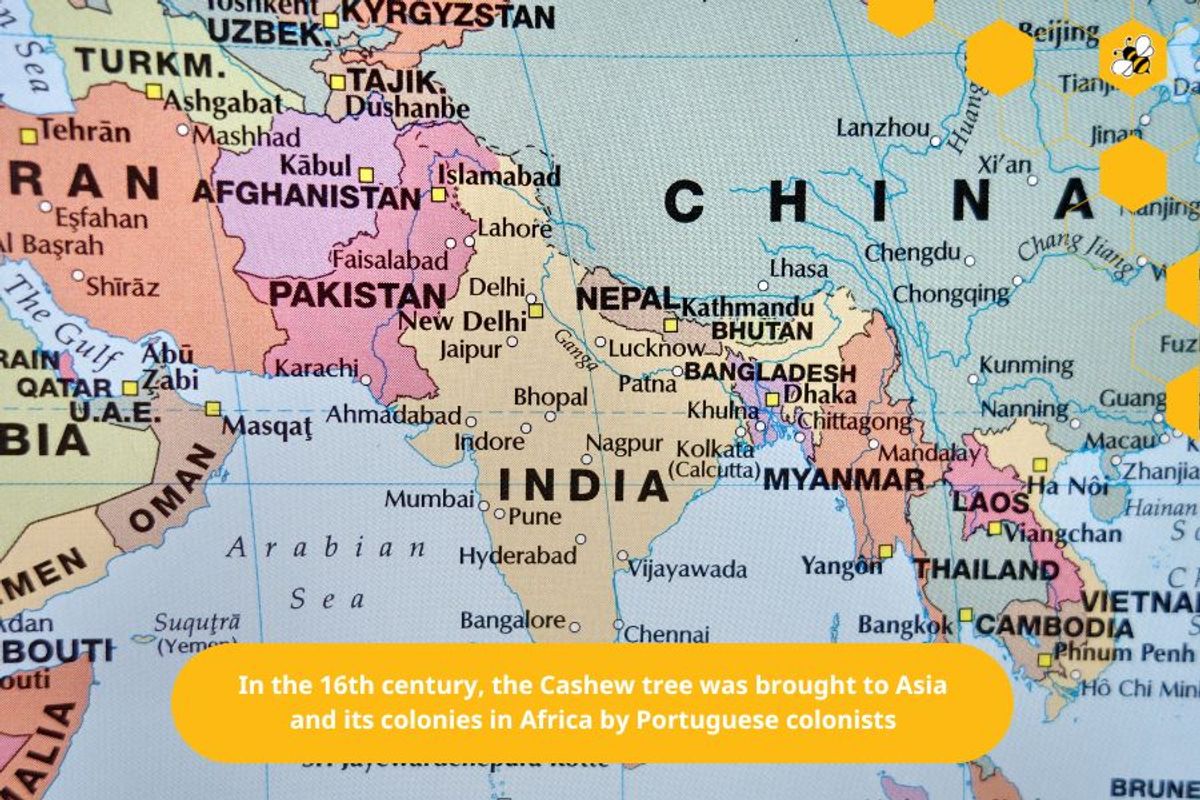
Characteristics of cashew trees
Trunk
Cashew trees are woody plants, about 8 - 12 meters high, the diameter of the tree canopy can be 10 - 12 meters wide, in places with good soil and suitable climate, the cashew tree can be up to 20 meters high. The characteristics of the cashew tree trunk are very wide branches and many canopies, the number of primary and secondary branches of the cashew tree is very large. The cashew tree trunk often branches early, cashew branches can grow right from the base. According to Kumaran and colleagues (1976), when a cashew tree reaches 4 years old, the number of primary branches will vary from 9 to 30 branches and the number of secondary branches can reach from 246 to 412. Cashew wood is relatively soft, and light, with a specific gravity of 0.5 (Lima 1954, Tavares 1959). In places with adequate light, cashew branches can develop into umbrella-shaped canopies with a diameter of 12 to 15 meters.
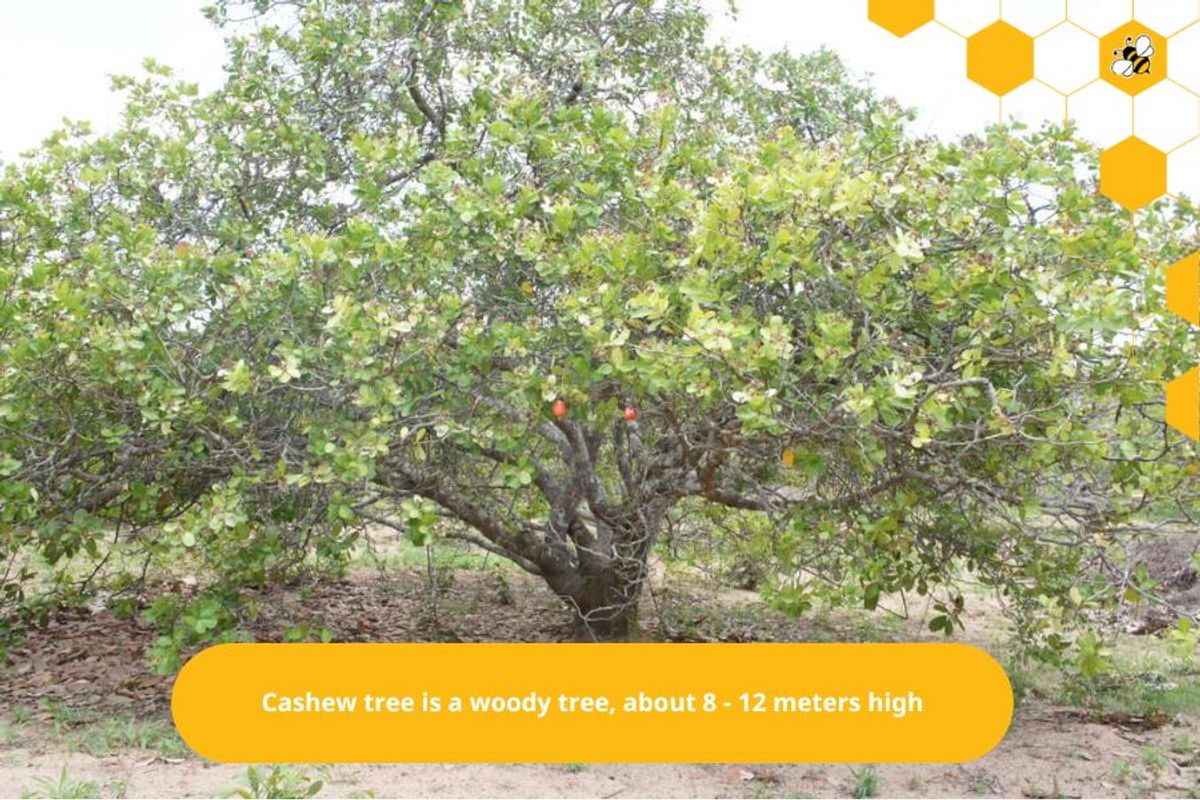
Roots
Cashew trees have a very prominent feature, which is the root system, including both taproots and horizontal roots. In dry areas with low groundwater levels, taproots will penetrate very deep to absorb water, and taproots can grow up to 5 meters deep. Horizontal roots grow up to 6 meters wide, and the horizontal root system also develops very widely, with a diameter that can be twice as large as the canopy diameter, with the function of searching for and absorbing nutrients to nourish the tree. The root system develops very strongly, so the cashew tree can flower and bear fruit throughout the 5-6 months of the long dry season.
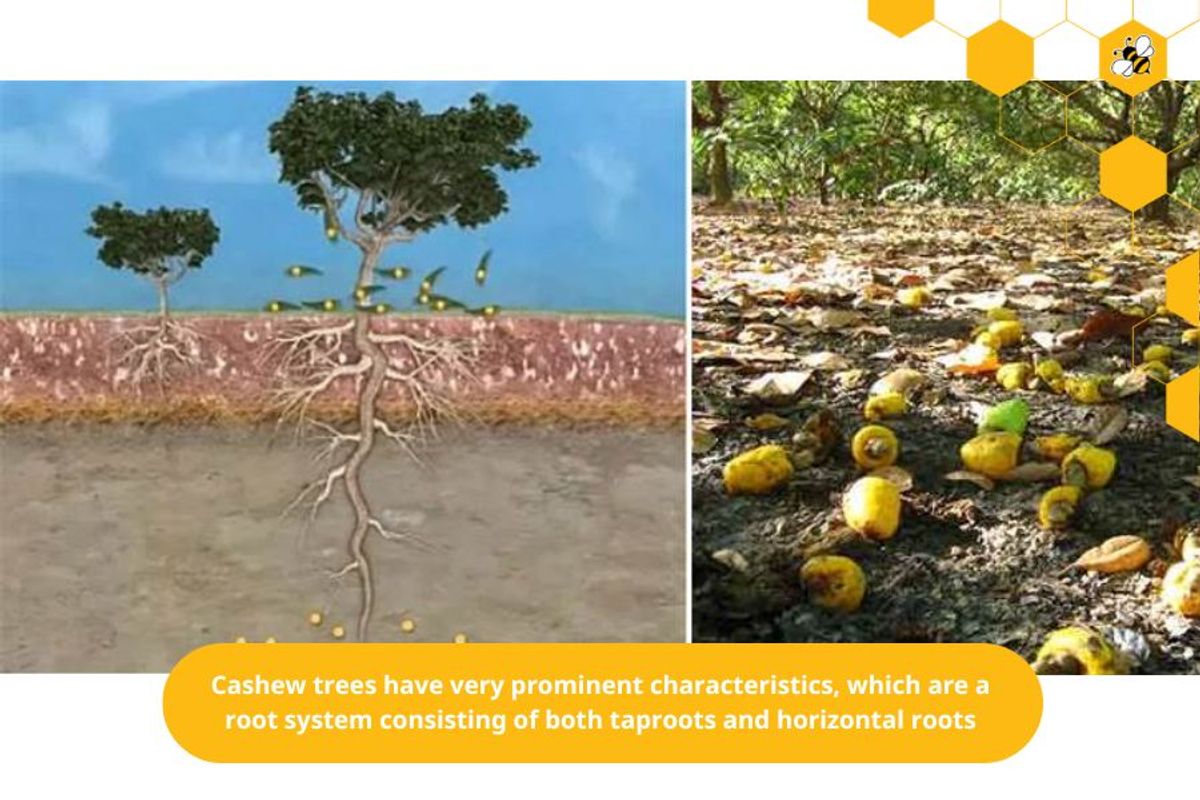
Leaves
The leaves of the cashew tree have some of the following characteristics:
Shape and size:
The leaves of the cashew tree usually grow mainly at the tips of the branches.
The leaves are oval, about 10-20cm long and 5-10cm wide.
When young, the cashew leaves are light green or slightly red, when old they gradually turn dark green.
The veins of the leaves are prominent on the surface.
Shape and size:
The leaves of the cashew tree usually grow mainly at the tips of the branches.
The leaves are oval, about 10-20cm long and 5-10cm wide.
When young, the cashew leaves are light green or slightly red, when old they gradually turn dark green.
The veins of the leaves are prominent on the surface.
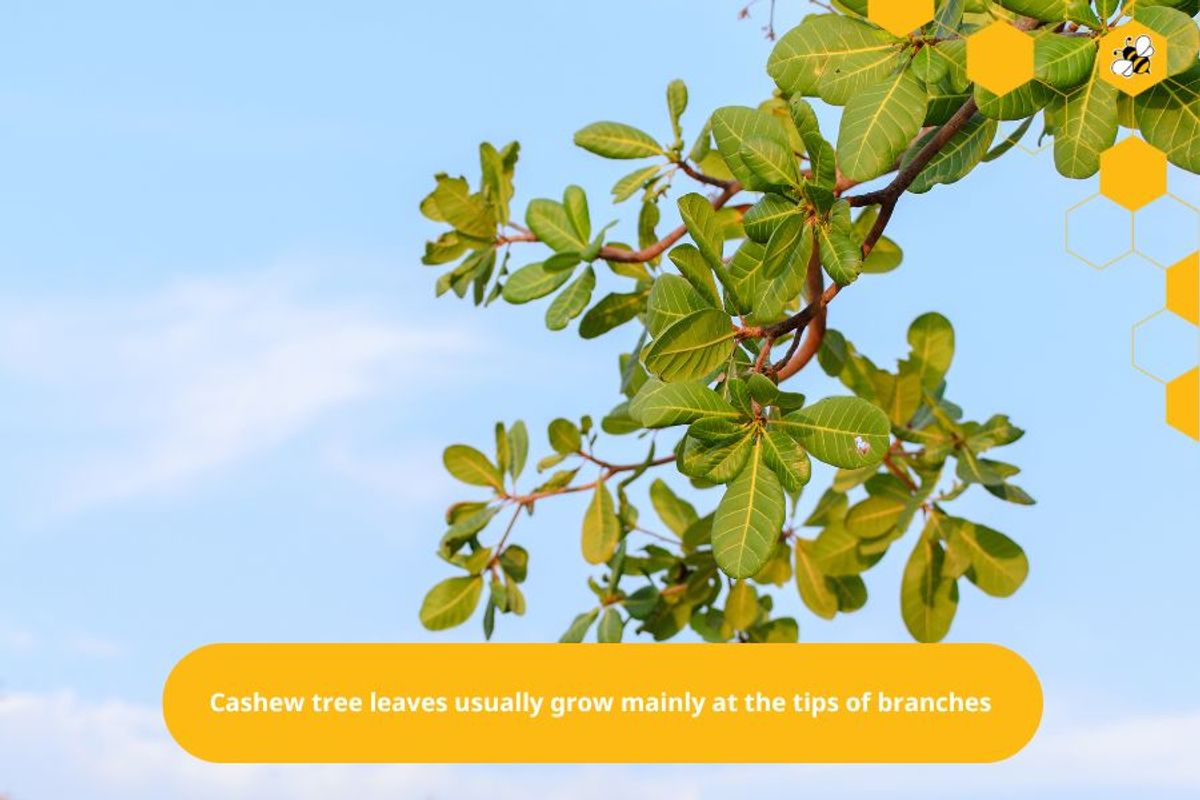
Flowers
Usually appears around the beginning of the dry season. Cashew flowers have quite diverse and beautiful colors. They usually have 5 petals and are mainly pinkish-red stripes on a milky white background. Cashew flowers do not grow singly but often grow in clusters together. Each cluster can have up to hundreds of flowers. Cashew flowers can be unisexual or bisexual. It usually takes 3 years for the cashew tree to start flowering.
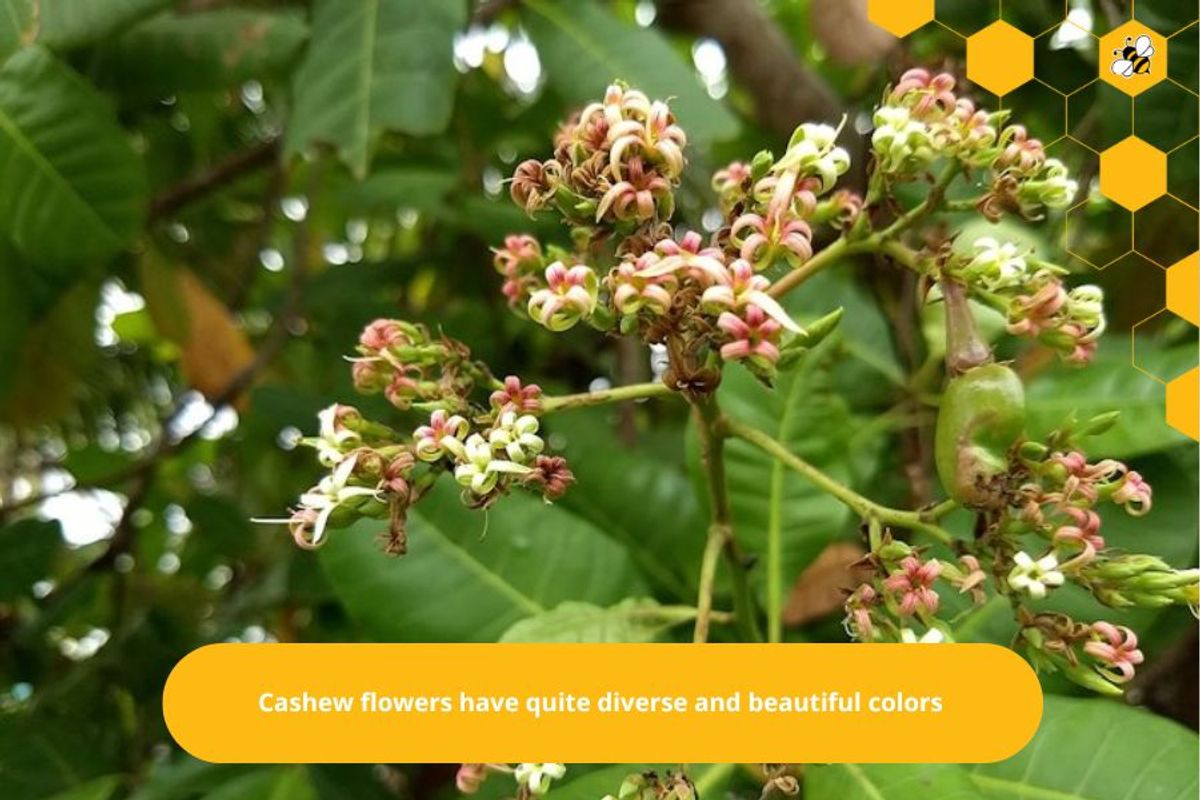
Cashew
Cashew is also considered a very good food, sweet and easy to digest. The fruit is rich in minerals and vitamins such as C, B1, B2, and PP, ... especially Vitamin C in cashews is 5 times more than in lemon. Cashew juice contains 10.0 -10.5% sugar and 0.35 acid, Brix level from 12 to 14. The disadvantage of cashews is that it has a slightly astringent taste due to Tannin. However, there are many methods to remove the astringent taste from the fruit or juice. Cashew is used as a diverse food such as eaten fresh or processed into drinks, wine, lollipops, and candy. Cashew fruit and nuts also have the effect of treating some diseases such as pain relief, diuretics, bronchitis, diarrhea, and skin infections ...

Cashew nuts
Cashew nuts are kidney-shaped, dark green when young, and gradually turn gray-white when mature. The nuts are 2.5 - 3.5 cm long on average, about 2 cm wide, and 1 - 1.5 cm thick, weighing 5 - 9 grams. In terms of structure, cashew nuts consist of two main parts: the outer shell and the inner cashew kernel. The cashew shell consists of 3 layers. The outermost layer is usually very hard (about 2-3 mm thick), smooth, tough, gray, or gray-brown, the middle shell is the thickest, porous, honeycomb structure containing a resinous, viscous, reddish-brown liquid. This liquid will quickly darken when exposed to air, this liquid is called cashew nut shell liquid (also known as CNSL - Cashew nut Shell liquid) - Shell oil acts as a natural protection for the nut against insect attacks. The innermost layer is as hard as rock. The kernel is made up of two cotyledons surrounded by a reddish-brown silk shell. The kernel is the edible kidney-shaped part with a high lipid content (over 40% by weight) and protein (about 20%).
The composition ratio of cashew nuts is as follows:
Kind: 10 – 20%
Shell: 2 – 5%
Shell oil: 18 – 23%
Shell: 45 – 50%
The composition ratio of cashew nuts is as follows:
Kind: 10 – 20%
Shell: 2 – 5%
Shell oil: 18 – 23%
Shell: 45 – 50%

Cashew trees in Vietnam
Cashew trees were introduced to Vietnam around the 18th century. They were previously grown widely in the South and were mainly planted sporadically around houses for their fruit and shade. Since 1975, cashew trees have been chosen as the tree to replant forests destroyed during the war in the southern provinces.
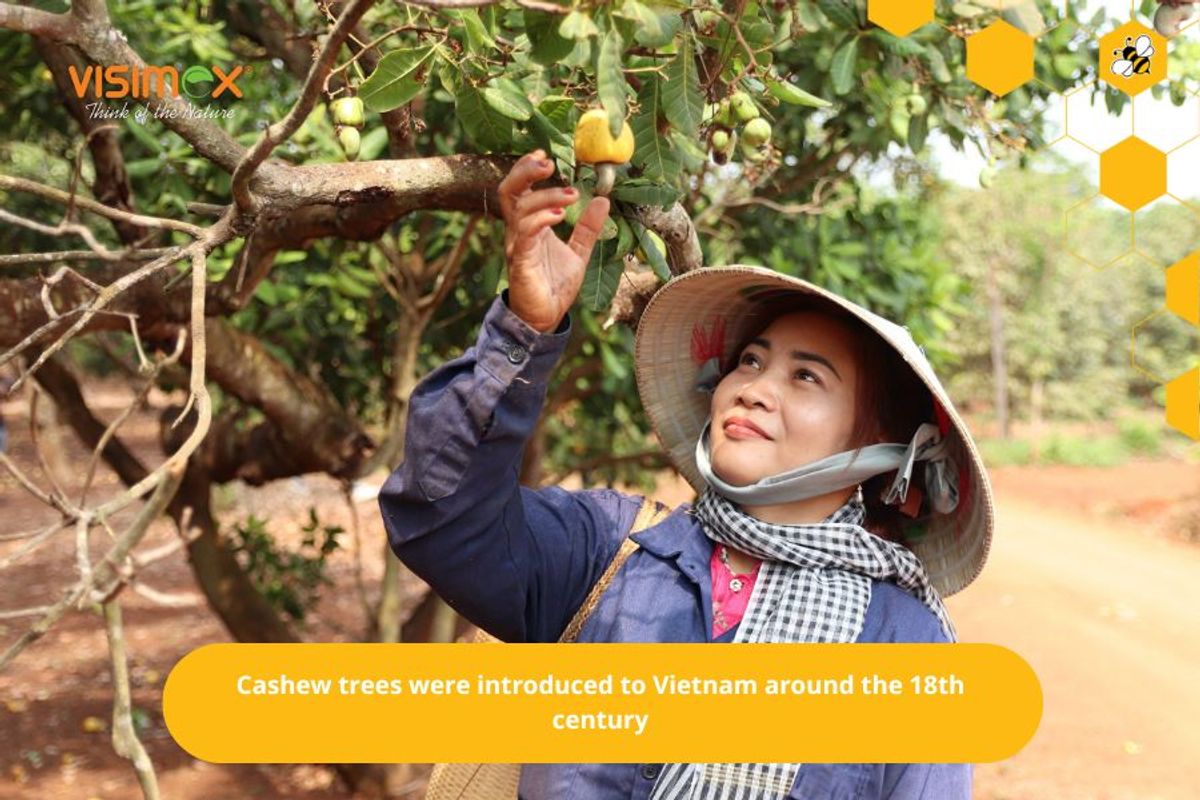
However, it was not until the early 1980s that the exploitation of the huge economic potential of cashew trees in our country received attention. Many farms were established, and people were encouraged to grow cashews. Today, cashew trees have been widely grown and distributed from the Central region to the Southern region of our country, most commonly in the South Central Coast, Central Highlands, and Southeast regions such as Binh Phuoc, Binh Duong, Dong Nai, Binh Thuan, Dak Lak, Dak Nong, Lam Dong, ... From 2006 to now, Vietnam has become the world's leading country in terms of output and export value of cashew nuts and is also the country with the third largest cashew area in the world.